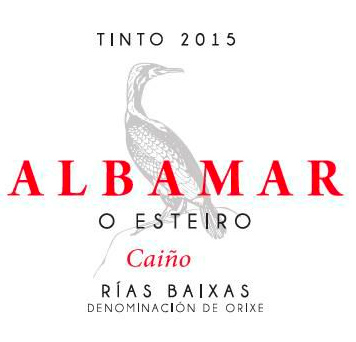100% Caiño Tinto from centenarian vines • spontaneous 100% whole-cluster fermentation in used barrels followed by 11 months of elevage • bottled unfined and unfiltered with minimal sulfur • just 2 barrels produced in most vintages
Info
Producer:
Vintage:
2022
Country:
Spain
Region:
Galicia
Appellation:
Rias Baixas
Variety:
Caino
Color:
Red
Sizes Available
| Full Bottle | ES-ALB-25-22 | 12/750ml |
Resources
Press & Reviews
Tim Atkin, MW
Score
94
Date
2024-12-16
"Living up to its reputation for austerity and what Xurxo Alba calls "verticality", this Ca¡¤oTinto from a 100-year-old parcel is typically sturdy, sappy and compact. Petrichor and wildherb aromas lead you into a palate of damson and redcurrant framed by granitic tannins.2025-30"
Wine Advocate
Score
92
Date
2024-07-11
"The 2022 O Esteiro Ca¡¤o has a similar nose to the Espadeiro but with more marked black pepper aromas to go along with the overall balsamic and herbal quality reminiscent of pine needles. There's a little bit more weight here; it has 11% alcohol and is light to medium-bodied, with a little more juiciness. 1,100 bottles. It was bottled in April 2024 after one year in barrel and six months in stainless steel."
REVIEWS FROM PAST VINTAGES
2023
Wine Advocate
Score
93
Date
2025-07-24
"The 2023 O Esteiro Caíño is a little more concentrated and intense than the varietal Espadeiro from this same vintage that I tasted next to it, but both wines have similar profiles—elegant, with lightness and freshness. This has a spicier nose, with hints of black pepper intermixed with dried flowers and a faint balsamic twist. The palate is juicy, with 11% alcohol, medium-bodied and with fine tannins."
2023
Vinous
Score
91
Date
2025-09-23
"The 2023 Espadeiro O Esteiro is from Salnés, Rías Baixas. It opens with aromas of tart cherry and dried flowers on the nose. The palate is light-bodied yet tense, with grip and nerve that deliver lots of energy. In Rías Baixas, Espadeiro plays a role similar to Brancellao in Ribeiro, though it is not a widely planted variety."




